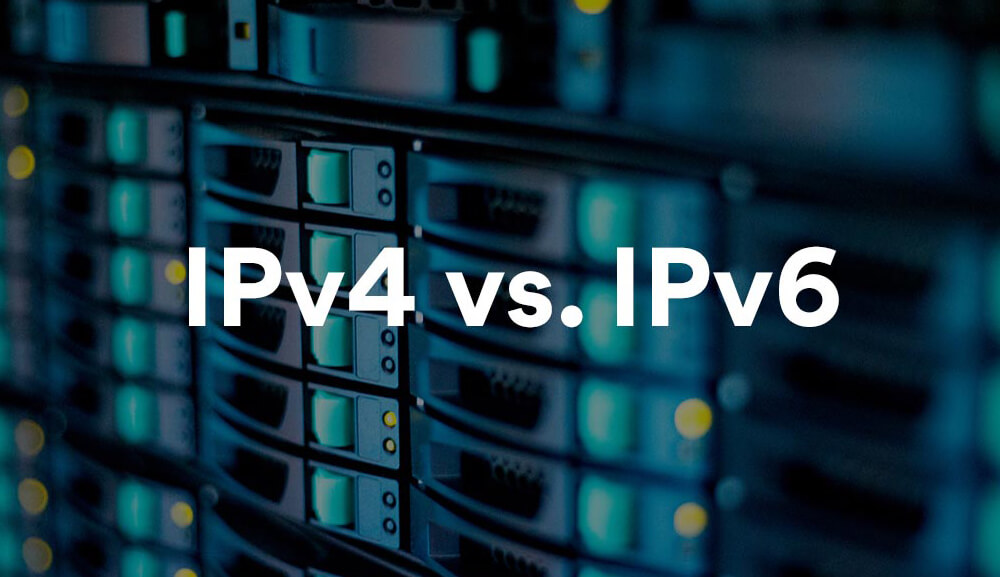An IP address, short for Internet Protocol address, is a numerical label assigned to each device connected to a computer network that uses the Internet Protocol for communication. It serves as a unique identifier for devices, allowing them to send and receive data within a network and across the internet.

IPv4 (Internet Protocol version 4):
IPv4 is the fourth version of the Internet Protocol and is the most widely used addressing scheme. An IPv4 address consists of four sets of numbers separated by periods, such as 192.168.0.1. Each set can range from 0 to 255. This format allows for a total of approximately 4.3 billion unique IP addresses.
Key Characteristics of IPv4:
- Limited Address Space: The primary limitation of IPv4 is its limited number of available addresses. With the rapid growth of devices connected to the internet, the pool of available addresses has been nearly exhausted, leading to the need for a more robust addressing scheme.
- Address Shortage: The scarcity of IPv4 addresses has led to the development of techniques like Network Address Translation (NAT) to allow multiple devices to share a single public IP address.
- Hierarchical Structure: IPv4 addresses are divided into classes, each serving a different purpose, such as identifying hosts or networks. However, this rigid structure can lead to inefficient address allocation.
IPv6 (Internet Protocol version 6):

IPv6 is the successor to IPv4 and was introduced to address the limitations of the older protocol. An IPv6 address is represented using eight groups of four hexadecimal digits, separated by colons, such as 2001:0db8:85a3:0000:0000:8a2e:0370:7334. IPv6 greatly expands the available address space, providing an almost limitless number of unique addresses.
Key Characteristics of IPv6:
- Larger Address Space: IPv6’s extended address format allows for an enormous number of unique addresses, ensuring that the world’s increasing number of devices can be accommodated.
- Simplified Addressing: The hierarchical and class-based addressing of IPv4 is replaced with a more efficient and simplified scheme in IPv6. This facilitates better allocation and routing of addresses.
- Enhanced Security: IPv6 includes built-in support for IPsec, a suite of security protocols that help ensure data integrity, authentication, and confidentiality.
- Auto-Configuration: IPv6 includes features for devices to automatically configure their IP addresses and network settings, simplifying network setup.
Difference Between IPv4 and IPv6:

- Address Format: IPv4 uses a 32-bit address format, while IPv6 uses a 128-bit address format.
- Address Representation: IPv4 addresses are represented in decimal format, while IPv6 addresses are represented in hexadecimal format.
- Address Space: IPv4 offers around 4.3 billion addresses, while IPv6 provides an astronomically larger address space with approximately 340 undecillion addresses (that’s 3.4 followed by 38 zeros).
- Address Allocation: IPv4 addresses were allocated in a hierarchical class-based manner, which led to inefficiencies. IPv6 uses a simplified and efficient address allocation approach.
- Network Address Translation (NAT): NAT is commonly used in IPv4 networks to share a single public IP address among multiple devices. IPv6’s vast address space reduces the need for NAT.
- Security: IPv6 includes built-in support for IPsec, enhancing security at the protocol level. IPv4 relies on external security measures.
- Auto-Configuration: IPv6 devices can automatically configure their IP addresses and network settings, simplifying network setup. IPv4 devices typically require manual configuration or DHCP.
In summary, IP addresses are essential for identifying devices on a network. IPv4 addresses have limitations in terms of available addresses, while IPv6 addresses offer a much larger and more efficient address space to accommodate the growing number of devices connected to the internet.


Leave a comment